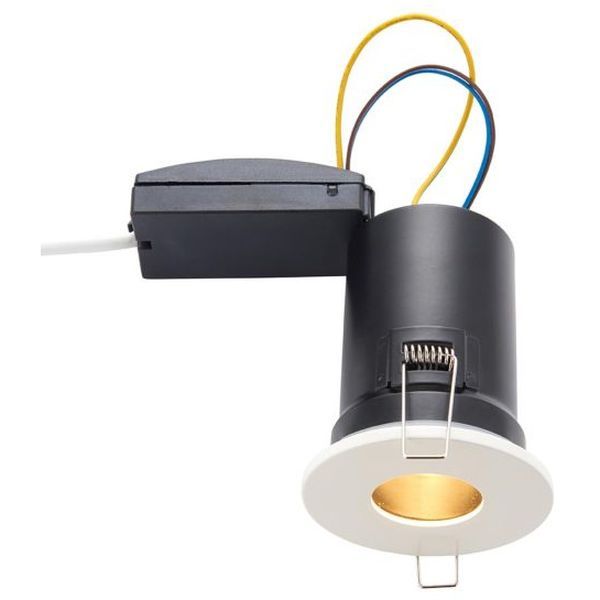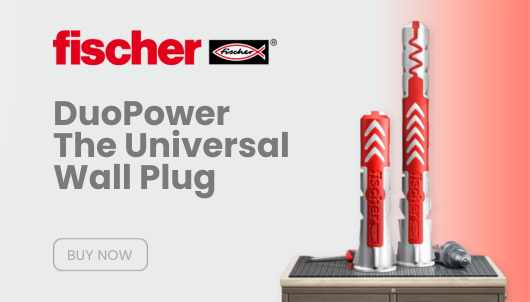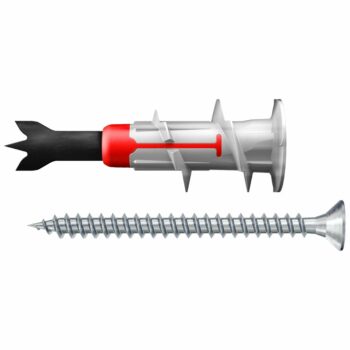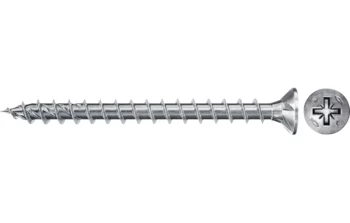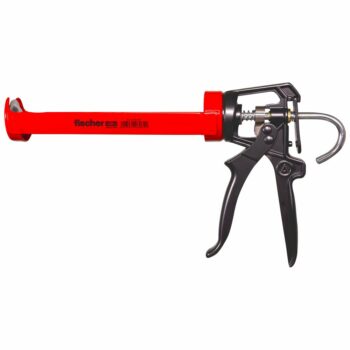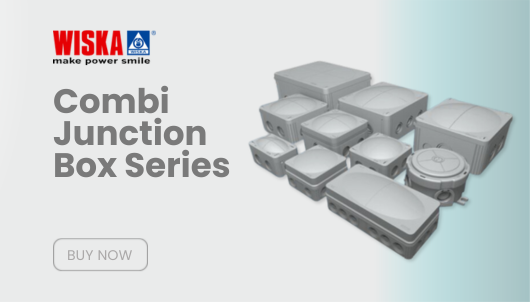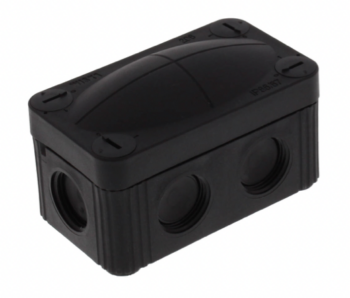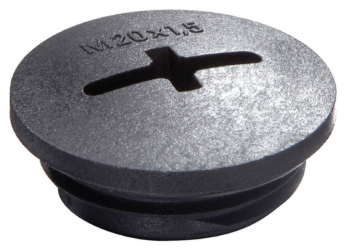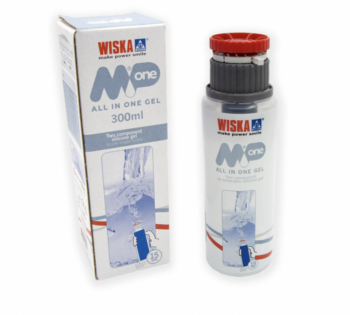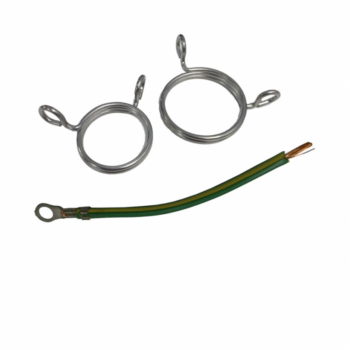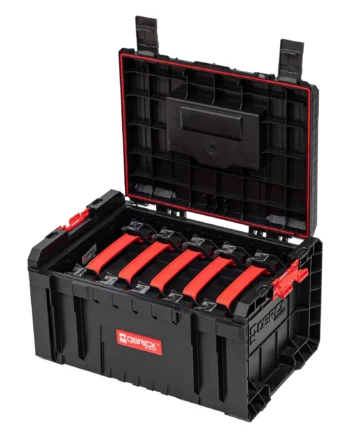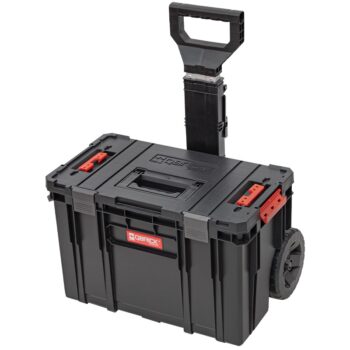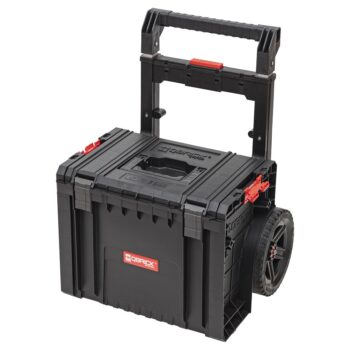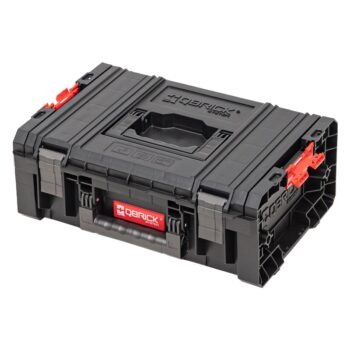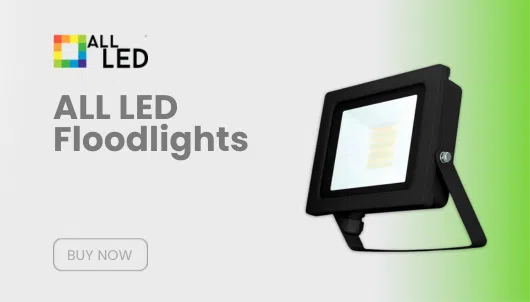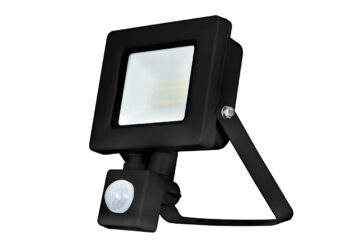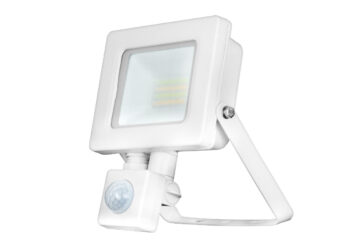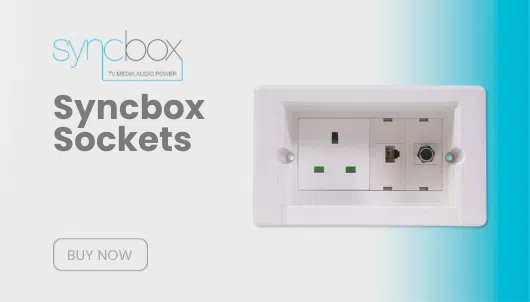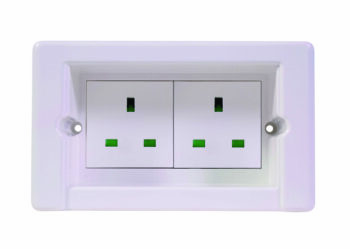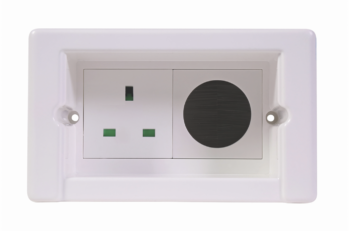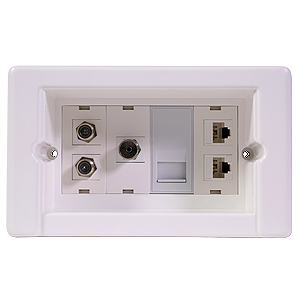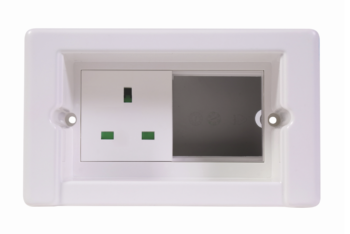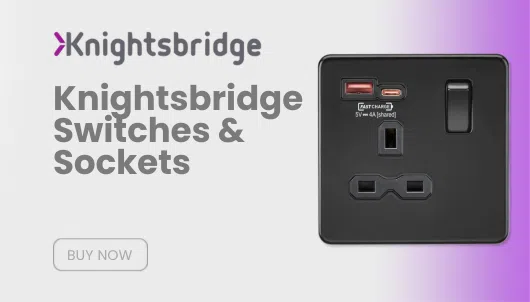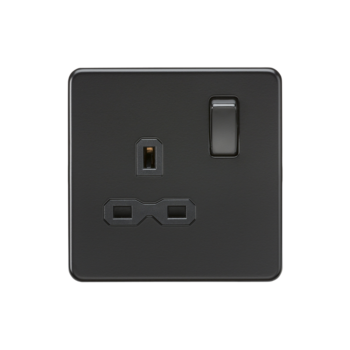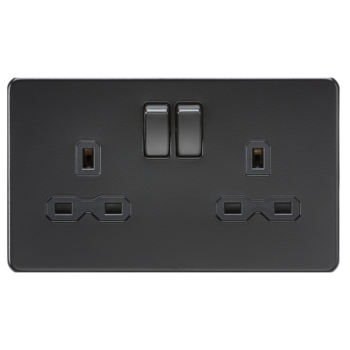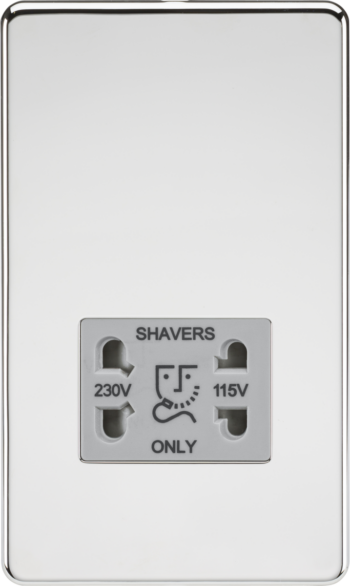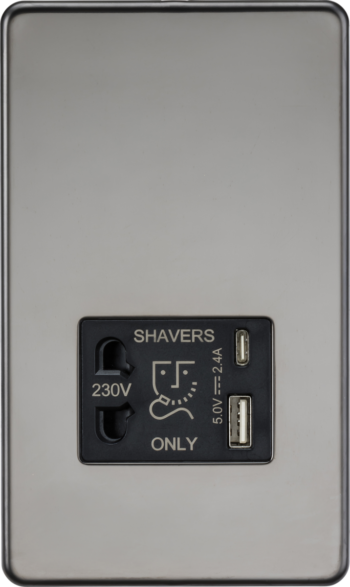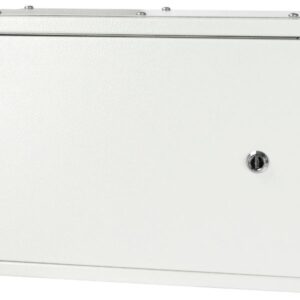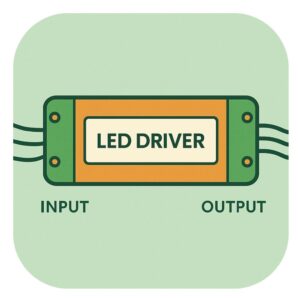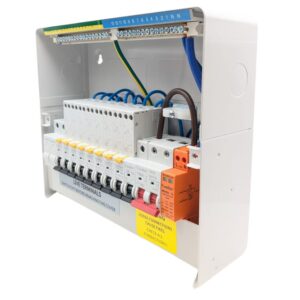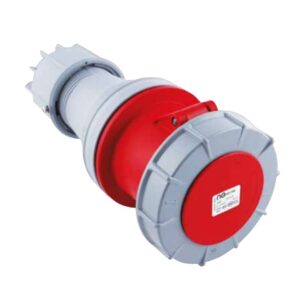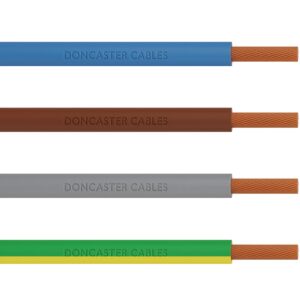The Complete Guide to GU10 Downlights
GU10 downlights have revolutionized home lighting with a unique combination of flexibility, efficiency, and affordability. These fixtures, often called “cans,” bring versatile lighting to homes and commercial spaces, making them the perfect choice for anyone seeking sleek, effective lighting solutions. GU10 downlights stand out because of their interchangeable bulbs and compatibility with LED GU10 technology, providing energy efficiency and longevity in one neat package. In this guide, we’ll cover everything you need to know about GU10 downlights—from choosing the best option for each room in your home to understanding technical details like beam angles, color temperatures, and compatibility with brands like Saxby Lighting, Aurora Lighting, ALL LED, and Integral LED.
Table of contents
- The Complete Guide to GU10 Downlights
- What Are GU10 Downlights?
- Why Choose GU10 Downlights Over Integrated LED Downlights?
- Benefits of Using LED GU10 Bulbs
- Understanding Beam Angles and Color Temperatures
- Where to Use GU10 Downlights in Your Home
- Top Brands for GU10 Downlights
- Installation Tips for GU10 Downlights
- GU10 Downlight Maintenance and Troubleshooting
- Conclusion
- FAQ
What Are GU10 Downlights?
GU10 downlights are ceiling light fixtures with replaceable GU10 bulbs. Unlike integrated LED downlights that include a built-in bulb, these versions allow you to swap out the bulb easily whenever needed. The term “GU10” refers to the type of base on the bulb, where two short pins hold the bulb in place. With GU10 downlights, you can simply replace a burned-out bulb instead of the entire fixture, saving time, money, and hassle.
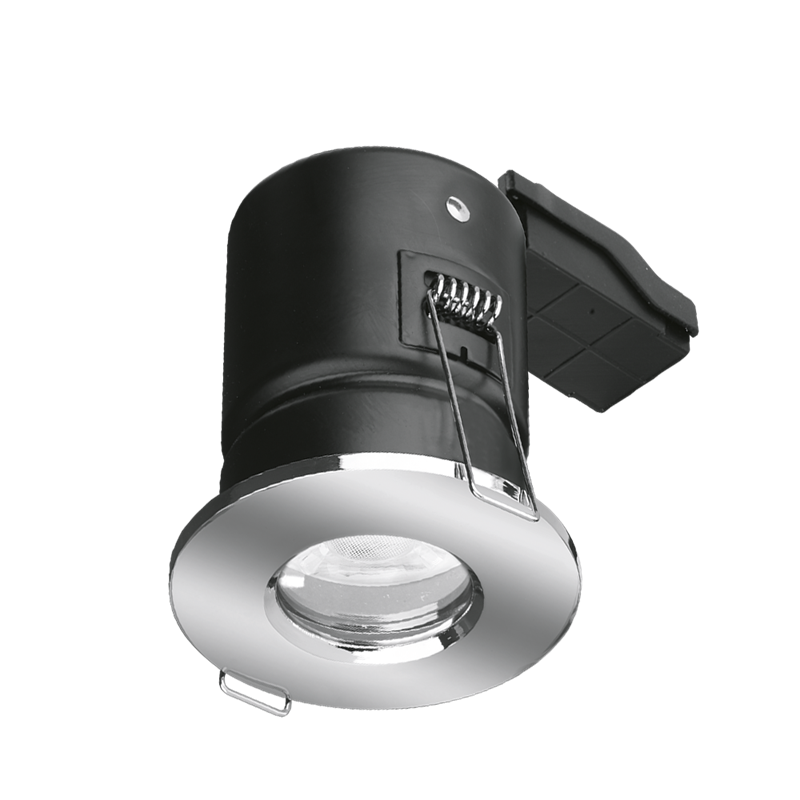
Why Choose GU10 Downlights Over Integrated LED Downlights?
When choosing lighting for your space, it’s essential to understand the key benefits of GU10 downlights versus integrated LED downlights:
- Easier Maintenance: When an integrated LED downlight fails, the entire fixture must be replaced. However, with GU10 downlights, you only need to change the bulb, making maintenance simpler and more affordable.
- Greater Flexibility: They allow you to switch to different LED GU10 bulbs. If you decide you want a warmer or cooler color temperature, for example, you can easily make the change with GU10 downlights without installing a new fixture.
- Cost-Effective: They are generally cheaper upfront because they don’t include the integrated LED technology. Replacing only the bulb also keeps replacement costs low.
- Versatility: They can be used in various settings, from home interiors to commercial spaces, because they offer the flexibility of a wide range of compatible LED GU10 bulbs with different beam angles and color temperatures.
Benefits of Using LED GU10 Bulbs
LED GU10 bulbs have become the go-to choice for downlighting, offering both energy efficiency and durability. Here’s why LED GU10 bulbs are the best option:
Energy Efficiency
LED GU10 bulbs use up to 80% less energy than traditional halogen bulbs, meaning you get the same bright light with much lower electricity consumption. This efficiency not only saves you money but is also better for the environment, making LEDs an eco-friendly choice.
Long Lifespan
Most LED GU10 bulbs last for up to 25,000 hours. That means they can run for years without needing to be replaced, reducing both maintenance costs and the frequency of replacements.
Versatility in Color Temperature
LED GU10 bulbs come in a range of color temperatures, from warm white (2700K-3000K) for cozy spaces like living rooms to cool white (4000K-5000K) for areas where clear, crisp light is needed, such as kitchens and bathrooms.
Dimmable Options
Many LED GU10 bulbs are dimmable, allowing you to adjust the brightness according to your preference or the room’s needs. This feature is particularly useful in spaces where you may want both bright task lighting and softer ambient lighting.
Understanding Beam Angles and Color Temperatures
Selecting the right beam angle and color temperature can make all the difference in achieving the desired look and feel for your room.
Beam Angles
The beam angle of a GU10 downlight determines how wide or narrow the light spread is:
- Narrow (20-30°): Best for spotlighting specific areas or objects.
- Medium (40-60°): Ideal for most general lighting applications, providing good coverage without overly intense light.
- Wide (60-90°): Excellent for covering larger spaces like open-plan rooms or areas where even light distribution is desired.
Choosing the correct beam angle allows you to create the right ambiance and avoid shadows or overly bright spots.
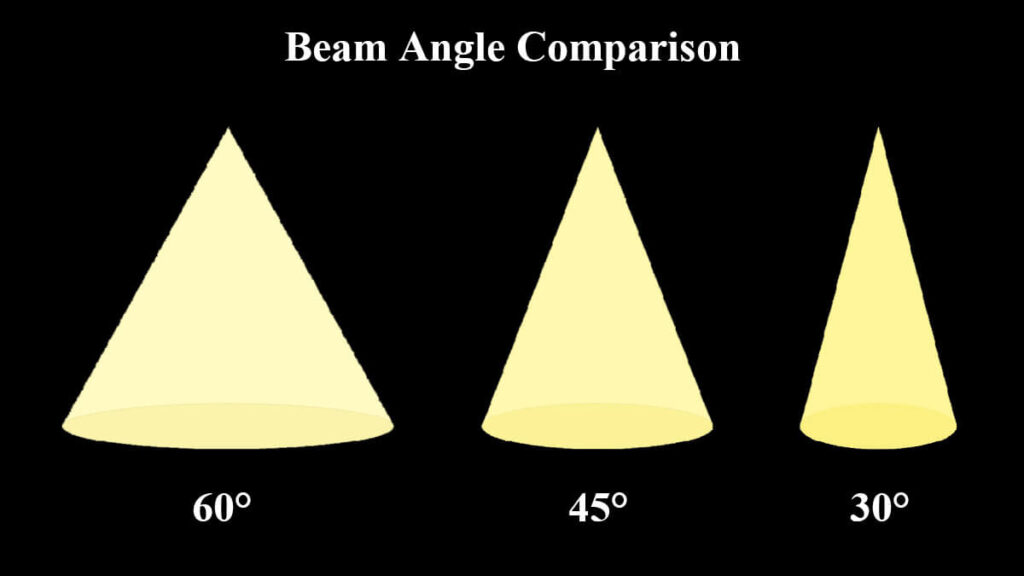
Color Temperatures
The color temperature of a GU10 downlight is measured in Kelvin (K) and dictates the warmth or coolness of the light. Different rooms benefit from different color temperatures:
- Warm White (2700K-3000K): Perfect for cozy, relaxed spaces like bedrooms and living rooms.
- Cool White (4000K-5000K): Suitable for task lighting in kitchens, bathrooms, and home offices.
- Daylight (5000K-6500K): Mimics natural light, ideal for areas where color accuracy is essential, such as art studios or bathrooms.
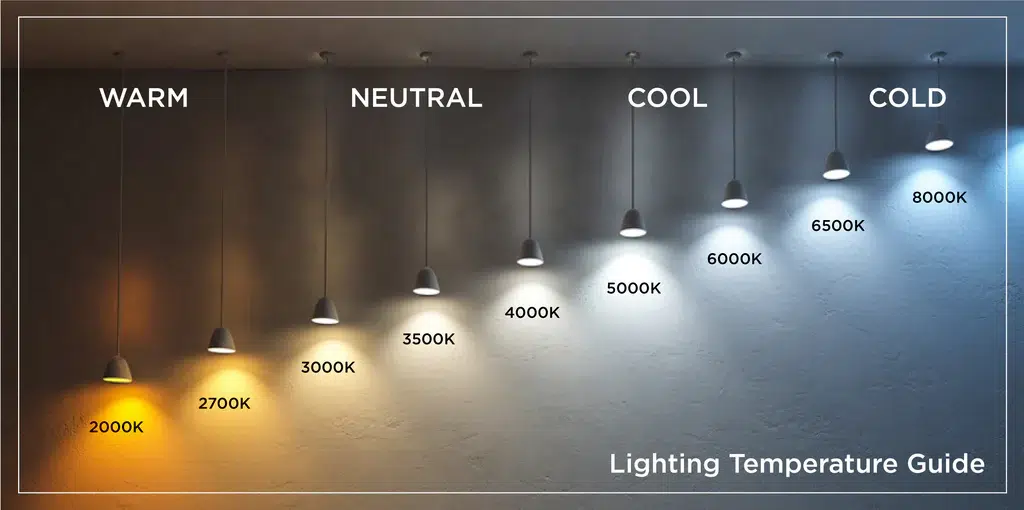
Where to Use GU10 Downlights in Your Home
GU10 downlights can transform various areas of your home, providing adaptable lighting solutions for different spaces.
Living Rooms
In living rooms, they work well as ambient lighting or to highlight specific decor pieces. Using a warmer color temperature, such as 2700K or 3000K, can help create a welcoming, cozy atmosphere.
Kitchens
For kitchens, cool white (4000K-5000K) they offer the brightness needed for food preparation and cooking. Consider using narrow beam angles for task lighting on countertops and wider angles for general lighting.
Bathrooms
In bathrooms, downlights with an IP65 rating are necessary for areas exposed to water, such as over showers. Cool white GU10s provide crisp, clean light, making it easier to see details when grooming.
Hallways and Staircases
GU10 downlights in hallways and staircases can offer functional lighting for safety, with wide beam angles to cover larger areas.
Top Brands for GU10 Downlights
When it comes to quality, design, and durability, these leading brands offer some of the best GU10 downlight options on the market.
Saxby Lighting
Saxby Lighting is known for its stylish and functional GU10 downlights. Their fixtures combine durability and modern aesthetics, perfect for various interior styles. Popular options include adjustable downlights that allow for versatile lighting arrangements.
Aurora Lighting
Aurora Lighting offers high-quality, energy-efficient GU10 downlights. Their fixtures are designed with advanced thermal management, enhancing the lifespan of the LED GU10 bulbs. Aurora’s dimmable options and wide beam angles make them an excellent choice for homes and commercial spaces.
ALL LED
ALL LED provides innovative downlight solutions that are both durable and aesthetically pleasing. Their GU10-compatible models are energy-efficient and feature robust designs, ideal for high-traffic areas like kitchens and hallways.
Integral LED
Integral LED is a top pick for versatile GU10 downlights, offering options with multiple color temperatures and beam angles. Their fixtures are built to high standards, making them suitable for various applications, including bathrooms and outdoor spaces.
Installation Tips for GU10 Downlights
Proper installation of GU10 downlights ensures safe and effective lighting. Here are a few helpful tips:
- Positioning: Place downlights evenly across the ceiling to avoid dark spots. In areas like the kitchen, position lights over countertops for focused illumination.
- Avoid Overcrowding: Too many downlights can create harsh lighting. Stick to recommended spacing based on your room’s size and the beam angle of your lights.
- Check IP Ratings for Wet Areas: Use IP65-rated fixtures in wet areas, such as above showers or near sinks, to ensure safe and reliable lighting.
- Consider Dimmable Options: Dimmable version are perfect for creating mood lighting in living rooms or bedrooms.
- Professional Installation: For those unfamiliar with electrical work, hiring a professional installer is always a safe choice, especially for bathrooms or outdoor spaces.
GU10 Downlight Maintenance and Troubleshooting
GU10 downlights require minimal maintenance, but here are some essential tips for optimal performance:
Cleaning
Regularly clean the downlights with a soft cloth to remove dust. Avoid using abrasive cleaners, as they may damage the finish.
Troubleshooting Common Issues
- Flickering: Flickering may indicate an issue with the dimmer compatibility. Make sure your dimmer switch is compatible with LED GU10 bulbs.
- Dimming Failure: If the dimming function doesn’t work, it may be due to an incompatible LED GU10 bulb.
Conclusion
Choosing GU10 downlights is a practical, efficient, and customizable solution for lighting any space in your home. Their flexibility, ease of maintenance, and range of compatible LED GU10 bulbs make them ideal for various applications. By understanding the features and benefits of these fixtures and selecting the best brands, you can create a well-lit, energy-efficient space that suits your needs and style.
See out full range of GU10 Downlights here!
FAQ
GU10 downlights are recessed ceiling fixtures that use replaceable GU10 bulbs.
GU10 downlights allow you to replace the bulb, while integrated LEDs have the bulb built-in, meaning you must replace the whole fixture if it fails.
Yes, LED GU10 bulbs are compatible with GU10 downlights, offering energy-efficient lighting.
Beam angle depends on the space: narrow angles for spotlights, medium for general lighting, and wide for large, open areas.
Cool white (4000K-5000K) provides crisp, clear lighting ideal for bathrooms.
Many GU10 downlights are compatible with dimmable GU10 bulbs, offering adjustable brightness.

